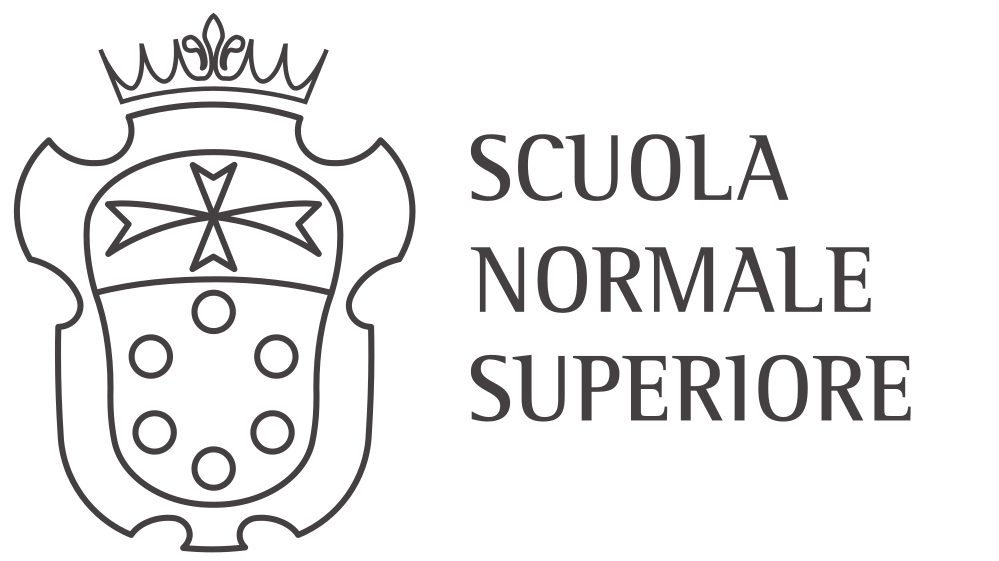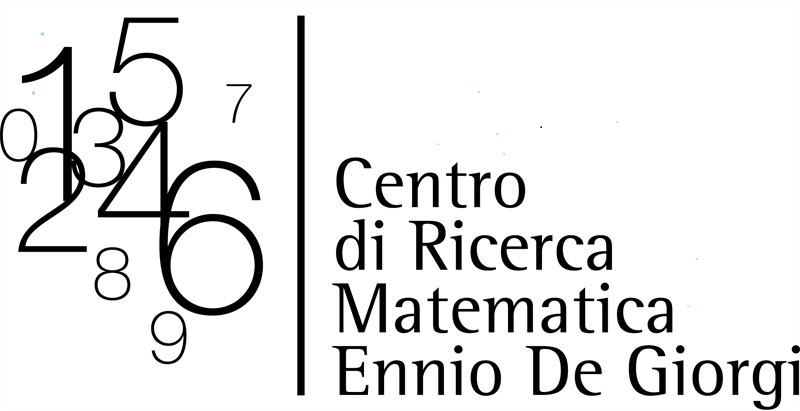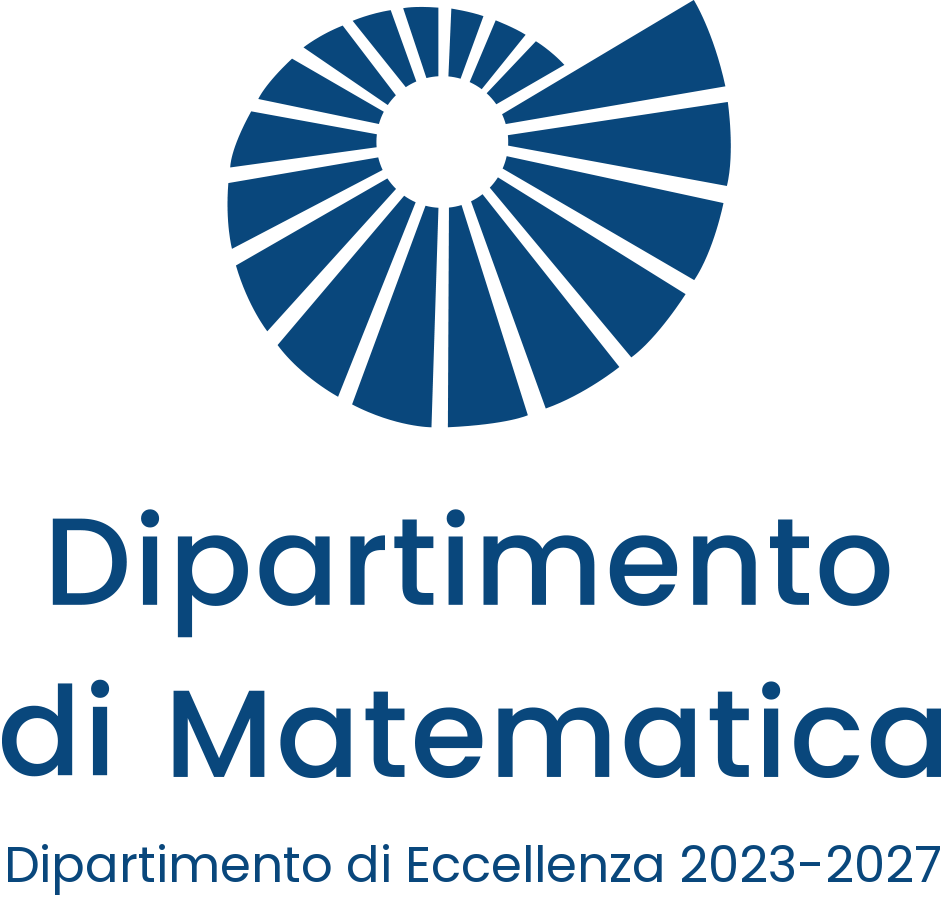Exploiting Algebraic and Geometric Structure in Time-Integration Methods
Sala degli Stemmi, Scuola Normale Superiore
Pisa
The University of Pisa and Scuola Normale Superiore will host the workshop "Exploiting Algebraic and Geometric Structure in Time-Integration Methods" from April 3 to April 5, 2024.
The simulation of time-dependent phenomena has become increasingly important in numerous scientific and engineering domains. Efficient and accurate numerical methods are essential for tackling the challenges posed by systems evolving over time. This workshop recognizes the fundamental role played by algebraic and geometric structures in advancing the state-of-the-art in time-integration methods and aims to foster the intellectual exchange and collaboration among the communities of numerical linear algebra, parallel-in-time algorithms, geometric integration, and related disciplines.
Over the course of three days, the workshop will feature a series of plenary lectures and talks that delve into the exploitation of hidden or explicit mathematical structures in numerical methods for differential equations. Participants will have the opportunity to share their latest research findings, exchange ideas, and explore interdisciplinary approaches to address the pressing challenges in simulating time-dependent problems.
Topics of interest include:
- Algebraic structures; preconditioners and structured direct solvers; efficient data representations and tensor methods; dynamical low-rank approximation.
- Geometric integration; numerical methods that preserve invariants of motion and other geometric properties; time integration on manifolds; exponential integrators.
- Parallel-in-time algorithms; Parareal and ParaDiag methods; Multigrid-in-Time; waveform relaxation methods.
Registration is free, but mandatory.
Plenary speakers:
- Elena Celledoni (Norwegian University of Science and Technology)
- Virginie Ehrlacher (École des Ponts ParisTech)
- Patrick Farrell (University of Oxford)
- Martin Gander (Université de Genève)
- Christian Lubich (Universität Tübingen)
Invited speakers:
- Luca Bergamaschi (University of Padua)
- Sergey Dolgov (University of Bath)
- Daniel Kressner (École Polytechnique Fédérale de Lausanne)
- Damiano Lombardi (Inria Paris)
- Maria Lopez-Fernandez (University of Malaga)
The titles and abstracts of the plenary and invited lectures will be updated shortly.
Social dinner: the social dinner will be held on the 4th of April at the restaurant Quore, in Via del Cuore n. 1, Pisa. The cost will be 30€ per person.
Scientific committee: Michele Benzi (SNS), Nicola Guglielmi (GSSI), Santolo Leveque (SNS), Stefano Massei (UniPi), Cecilia Pagliantini (UniPi), Luca Saluzzi (SNS), Milo Viviani (SNS).
Local committee: Santolo Leveque (SNS), Stefano Massei (UniPi), Cecilia Pagliantini (UniPi), Luca Saluzzi (SNS), Milo Viviani (SNS).
If you have any queries, please send an email to eagstim24@lists.dm.unipi.it.





Alberto Bucci
Andrea Benvenuti
Angelo Alberto Casulli
Arturo De Marinis
Beatrice Meini
Boris Andrews
Cecilia Pagliantini
Christian Lubich
Damiano Lombardi
Daniel Kressner
Daniele Boffi
Davide Palitta
Elena Celledoni
Erik Jansson
Fabio Durastante
Fasma Diele
Federico Poloni
Gabriel Wittum
Igor Simunec
Kai Bergermann
Leonardo Robol
Lidia Aceto
Luca Bergamaschi
Luca Gemignani
Luca Heltai
Luca Saluzzi
Luigi Brugnano
Maria Lopez Fernandez
Matthew Colbrook
Matthias Bolten
Michael Roop
Michele Benzi
Milo Viviani
Miryam Gnazzo
Nicola Guglielmi
Nicola Mastronardi
Nikita Deniskin
Patrick Farrell
Ryo Yoda
Sagy Ephrati
Sean Hon
Sebastian Götschel
Stefano Massei
Stefano Pozza
Stefano Sicilia
Valentin Carlier
Valeria Simoncini
Virginie Ehrlacher
- +15
